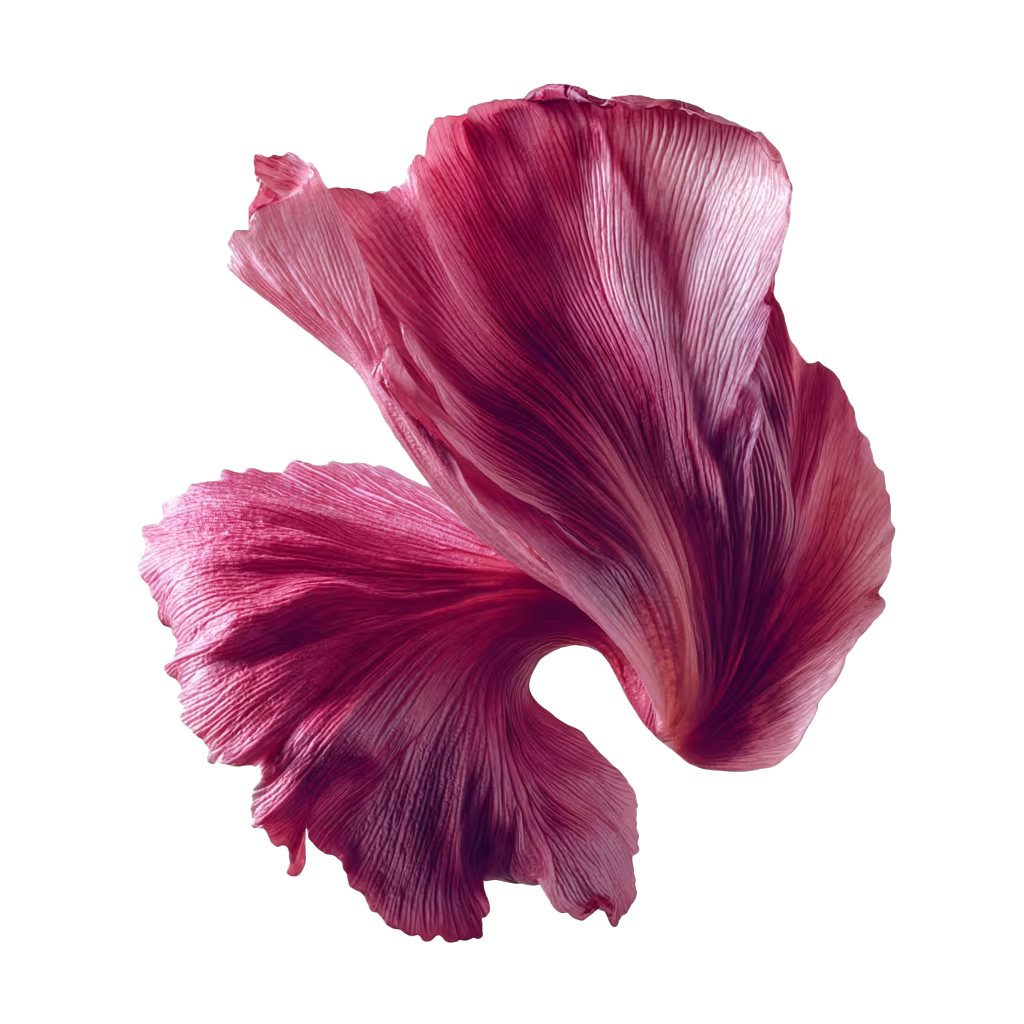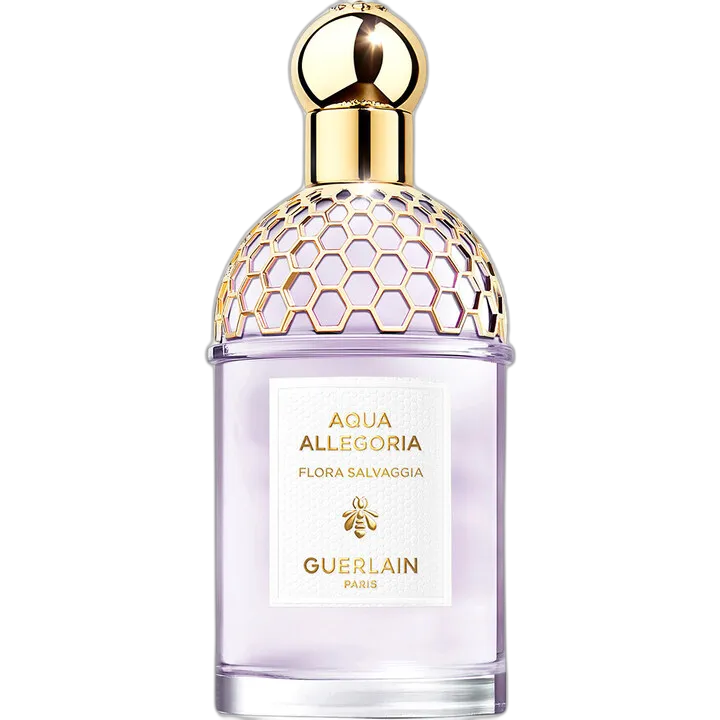floral
Wild Flowers
Wild flowers, an eclectic and vibrant group, encompasses a variety of species that naturally grow in fields, forests, meadows, and even urban areas without cultivation. These flowers not only add splashes of color to landscapes but also play a critical role in supporting local ecosystems, providing sustenance and habitat for wildlife.
The scent profile of wild flowers is diverse, often subtle and delicate, reflecting their natural environment. Unlike commercially bred flowers, wild species may not have overpoweringly fragrant blooms; instead, their scents are adapted for specific pollinators rather than human preference. Many wild flowers emit light, fresh scents that convey hints of grassy, herbal, or earthy tones. For instance, wild violets have a sweet and slightly powdery fragrance, while lupines offer a light and airy scent. Others, like wild roses, deliver a classic floral aroma with a touch of sweetness, reminding one of lush, green undergrowth and the gentle warmth of sunlight.
This variety in fragrance not only enriches sensory experiences in nature but also subtly beckons to diverse pollinators, ensuring the survival and propagation of these resilient plants. Whether nestled in rural expanses or hidden in urban corners, wild flowers and their enchanting scents contribute to the intricate tapestry of our natural world.
Like this smell?
Discover your fragrance match by taking our quiz and exploring scents tailored to your taste.
Top fragrances using this Note




.png)